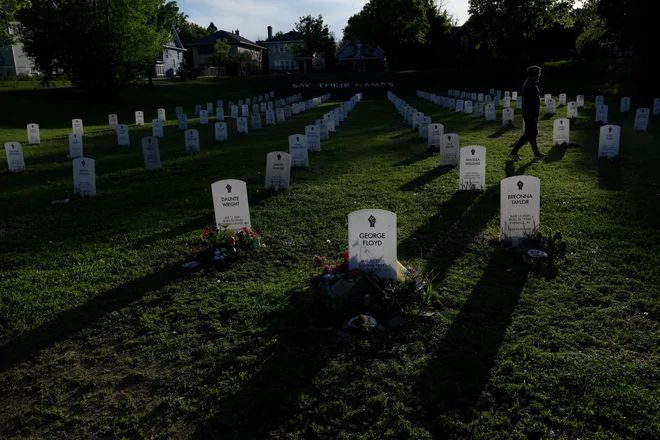What does NRC think | There is too little elderly housing. This requires a rapid implementation of building plans
:format(jpeg):fill(f8f8f8,true)/s3/static.nrc.nl/taxonomy/bf9b707-commentaar-itemafbeelding-2024.png)
The Netherlands is struggling with a housing shortage and ages. That combination will ensure a serious challenge in the coming years. Where are the elderly going to live who as the years progress need more help? At least not in a ‘retirement home’, if it is up to themselves. Only 8 percent of the elderly people living at home want to move to a care home as soon as they need more care and support, it turned out last week From a survey by Elderly Association ANBO-PCOB.
One in three elderly people prefers to continue to live at home and make a bigger appeal to home care. Of the over-65s who do want to move with a deteriorating health, no less than 90 percent prefer an independent apartment with their own front door key in a residential care complex for seniors where care comes by appointment. The care home as it existed until the government in 2013 decided to let the elderly live at home for as long as possible, the current people over 65 no longer appeal.
Privacy, autonomy and freedom of choice were scarce. For the generation that grew up after the Second World War – the so -called baby boomers – These are, however, self -evident pillars of their existence. It is therefore understandable that the regime of a traditional care home for them is not a beckoning perspective, if only because some may not have pleasant memories of their own parents’ stay in such an institution.
That does not alter the fact that at some point it will no longer be possible for a number of seniors to continue living in the old, trusted house, while they will not be so bad that admission to a nursing home is necessary. Sufficient living space must therefore be available for these people.
However, with the construction of elderly houses it does not work, concluded the Court of Audit last week. The cabinet wants to build 290,000 elderly houses up to and including 2030, but that aim is probably not being achieved. It has not yet been possible to make national agreements between the government, municipalities, market parties, corporations and healthcare institutions. There are individual plans of municipalities, but even if they all continue, they do not deliver more than 186,000 new homes.
The cabinet therefore seriously thinks about the return of the care homes that were destroyed ten years ago. Minister of Health Fleur Agema (PVV) To this end, as a member of parliament in 2023, submitted an initiative bill. She called the closure of this form of housing « a mistake » in view of the aging and the growing waiting list for nursing homes. An exploratory study will be published this summer.
However, the ANBO-PCOB survey shows that most potential inhabitants of such an institution have little appetite to save their tents. Nevertheless, it is wise that the government once again lists the advantages and disadvantages of the traditional care home, whereby the staff shortage in healthcare is also included in the analysis.
In 2030 there are more than two million people aged 75 or older. That they continue to live on their own for as long as possible is a praise, but the care is under pressure, just like the housing market. Sufficient elderly houses are desperately needed, in whatever form. Therefore, let the government hurry with the implementation of building plans – old and new ones.

/s3/static.nrc.nl/images/gn4/stripped/data127587815-b0419a.jpg)
/s3/static.nrc.nl/wp-content/uploads/2025/05/26021759/ANP-528429446.jpg)
/s3/static.nrc.nl/images/gn4/stripped/data130923325-a0a16b.jpg|https://images.nrc.nl/3L6B7PVeGf0sui9VHvGeYdHXZwk=/1920x/filters:no_upscale()/s3/static.nrc.nl/images/gn4/stripped/data130923325-a0a16b.jpg|https://images.nrc.nl/La4xlaaQlu05kCQiXR_JJmZhLd0=/5760x/filters:no_upscale()/s3/static.nrc.nl/images/gn4/stripped/data130923325-a0a16b.jpg)


